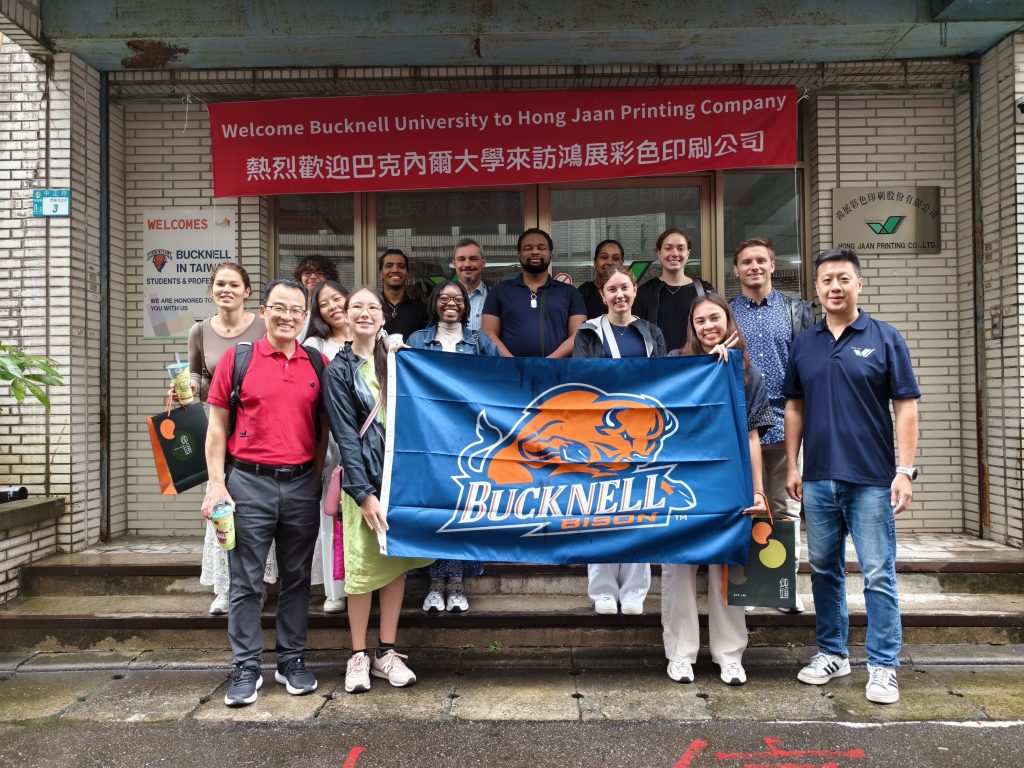Today we visited Hong Jaan Printing Co., where we were graciously hosted and presented with a very informational presentation about the company, the printing industry, as well as the printing process.

As a company that started out during a time when there was no internet and everything needed to be printed, the printing company did really well, especially within the textbook and book market.
Since textbooks were needed for classes, the demand for printed textbooks was very high, often reaching tens of thousands of copies per year. The same could be said with printed books.
However, times change, and as everything becomes digitized, the company has had to pivot. Instead of prioritizing textbook and book printing, they are now looking at other markets. They’ve shifted focus and started making other things to keep up with the new digital-driven demand.
That said, pivoting to meet the needs of a changing market doesn’t mean abandoning the old one, Hong Jaan Printing Co. continues to serve existing demands in the textbook and book space with the same level of excellence.
This balance between adaptation and consistency is what made the concept of pivoting stand out to me the most. Companies can be wildly successful within the industry they’re in, but if the market shifts, if the wind changes direction, the very things that once ensured success may no longer be enough. In such cases, the need to pivot becomes very clear.
This concept doesn’t apply only to businesses, but to people as well. Many have shared life stories that emphasize how what they studied and got a degree in during college is not what they ended up doing later in life. Instead, they went a completely different route.
Aside from this business-to-people relation I saw, I also learned that business culture here in Taiwan is very different compared to the U.S. I learned that due to the geography, spacing, and how cities and states are mostly close and clustered together in Taiwan, it’s very easy to send products to nearby facilities for finishing touches.
For example, this business completes the printing process and then sends the semi-finished product, such as books, to a bookbinding shop to be bound before being sent back to them. Because everything is relatively close, people and companies are able to specialize in very specific tasks without needing to do everything themselves.
In contrast, the U.S. faces different challenges. It’s harder to send products back and forth due to greater distances, so it’s more efficient for companies to build teams internally that can handle multiple parts of the process. This means U.S. companies often have specialists in-house, doing things internally rather than outsourcing certain steps.
That being said, it was quite fascinating to learn about the differences in how businesses conduct their operations, and how even something like the spacing of cities and buildings can affect these processes between Taiwan and the U.S.
Quite fascinating indeed, and with that, my learnings have come to an end. Once again, thank you for following along, and I’ll talk to you later. Bye!